SOURCE: IDRW.ORG TEAM.
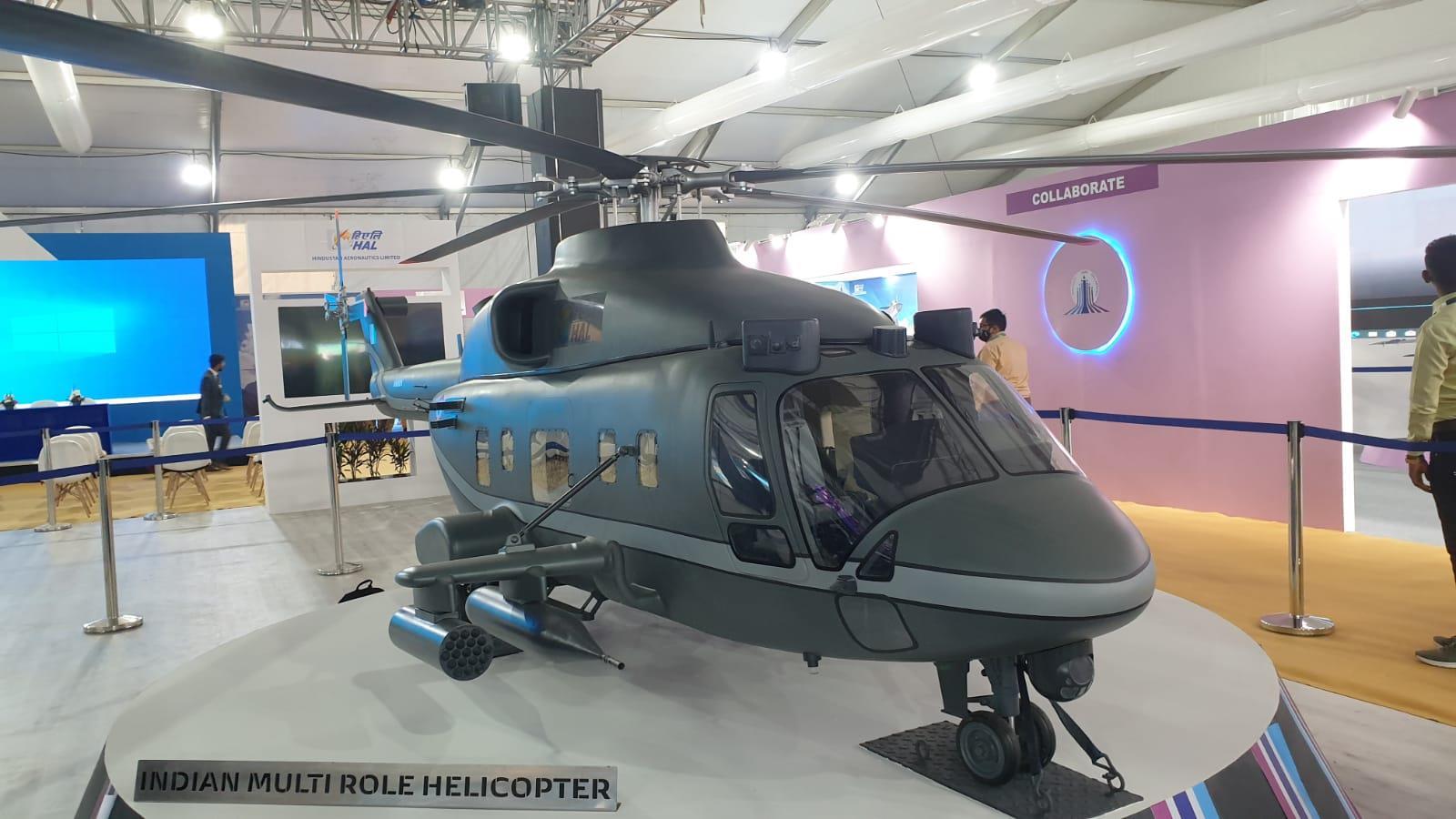
Hindustan Aeronautics Limited (HAL), India’s state-owned aerospace and defense company, has issued a tender for the design, development, and supply of several critical systems for its upcoming Indian Multi-Role Helicopter (IMRH) and Deck-Based Multi-Role Helicopter (DBMRH) programs. These advanced helicopters are intended to replace aging Russian platforms and bolster India’s airpower capabilities.
The 13–16 tons IMRH is being conceived as a replacement for Mil Mi-17 utility helicopters, which form the mainstay of the Indian military’s heavy-utility rotorcraft fleet.
Continue readingSOURCE: IDRW.ORG TEAM.

The Indian Army is poised to acquire additional Air Defence Tactical Control Radars (ADTCRs) to bolster its air defense capabilities. This crucial decision is now cleared by the Defence Acquisition Council (DAC) headed by Defence Minister Rajnath Singh on February 16th.
Developed by the Electronics and Radar Development Establishment (LRDE) of DRDO, the ADTCR is a game-changer in air surveillance. This 3D AESA radar boasts the following key features:
Continue readingSOURCE: RAUNAK KUNDE / NEWS BEAT / IDRW.ORG

Dassault Aviation’s Rafale fighter jet faces a surge in demand, with its production backlog reaching an impressive 228 aircraft. This presents both exciting opportunities and significant challenges for the French manufacturer.
Despite aiming for 15 Rafales in 2023, Dassault only delivered 13. This gap widens with recent orders from Indonesia (18 aircraft), France (42 aircraft), and potential future orders from India (27 aircraft). Deliveries between 2026 and 2033 need to fulfil commitments to France, Indonesia, UAE, and Egypt, totalling 174 aircraft.
Continue readingSOURCE: RAUNAK KUNDE / NEWS BEAT / IDRW.ORG
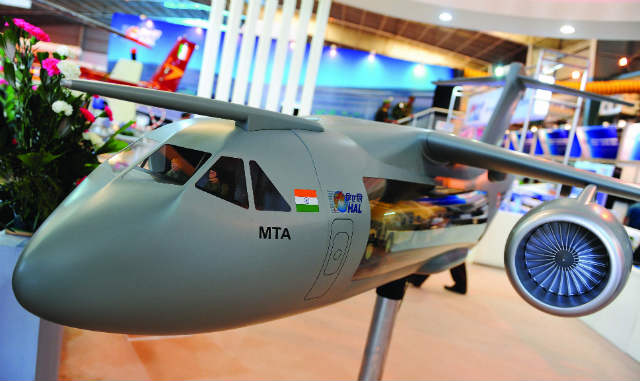
The Indian Air Force’s (IAF) quest for a Medium Transport Aircraft (MTA) takes an interesting turn as HAL too wants to throw its hat in the ring, offering to design and build a 30-ton payload-carrying transporter in collaboration with an international OEM. This comes amidst increasing competition from global players and ongoing deliberations within the IAF about its desired capabilities for the MTA.
A HAL official, speaking to idrw.org, expressed the company’s confidence in its capabilities. They highlighted the ability to co-develop a 30-ton payload-carrying aircraft with an international partner, ensuring “Make in India” execution and retaining intellectual property rights (IPR) within the country. This proposal comes after the failed joint venture with Russia in 2017, leaving the IAF without a clear path forward.
Continue readingSOURCE: RAUNAK KUNDE / NEWS BEAT / IDRW.ORG

The Indian Army’s quest for a modern towed gun system (TGS) has attracted a diverse range of contenders, including Kalyani Strategic Systems Limited’s (KSSL) 155mm/52 calibre ultra-light howitzer (ULH) named Mountain Artillery Gun-Extended Range (MArG-ER). While its lightweight design (under 8 tons) and impressive firing range (41 km) make it a viable option, it faces challenges from competitors offering more advanced features.
The Army’s Request for Information (RFI) doesn’t explicitly mention crucial aspects like Automatic Ammunition Load Assist Systems (ALAS) and steer-by-wire control systems for self-propelled capabilities. These features, however, are considered essential for modern howitzers, and their absence puts the MArG-ER at a disadvantage.
Continue readingSOURCE: IDRW.ORG TEAM

The Indian Air Force (IAF) is looking to boost its arsenal and self-reliance with the planned procurement of Crystal Maze (CM) II missiles under the Make-III initiative, emphasizing indigenously manufactured (IM) components. This program allows Indian firms to participate in defense production either through collaboration or technology transfer (ToT) with foreign original equipment manufacturers (OEMs).
The Crystal Maze missile is a highly capable air-to-surface weapon with a range of around 100 kilometers. Currently manufactured by Rafael Advanced Defense Systems of Israel, it equips IAF fighter jets like the Sukhoi Su-30MKI and Mirage 2000, providing them with a potent long-range strike capability.
Continue readingSOURCE: IDRW.ORG TEAM.

Military aviation expert Andreas Rupprecht, also known as Rupprecht Deino, has stirred the pot with his recent comments on China’s enigmatic FC-31 fighter jet. He suggests that the 5th generation aircraft, once touted as a potential competitor to the F-35, might be taking a surprising turn.
According to Deino, the FC-31’s future production might be closely tied to the J-35, a carrier-based variant under development for the Chinese Navy. He believes the FC-31 was always intended as a land-based export version, potentially benefiting from advancements seen in the J-35 but lacking carrier-specific features like folding wings and catapult compatibility.
Continue readingSOURCE: RAUNAK KUNDE / NEWS BEAT / IDRW.ORG
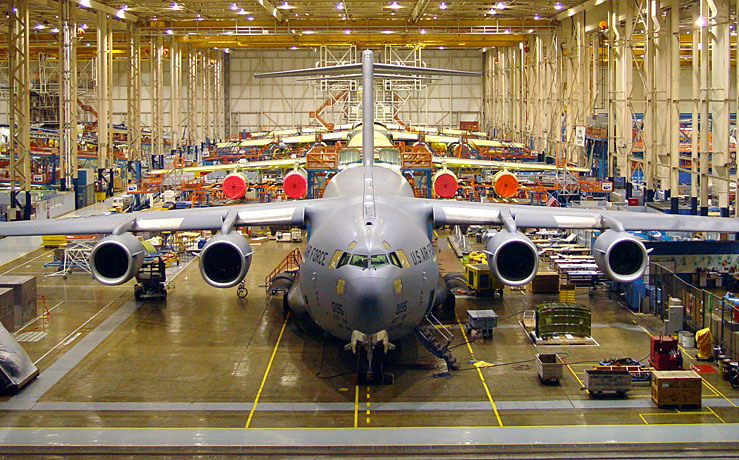
The C-17 Globemaster III, a beloved workhorse of military transport, may see a second life. At the World Defense Show in Saudi Arabia, Boeing’s vice president Torbjorn Sjogren revealed renewed interest from existing operators in purchasing more C-17s if production resumes.
In 2013, faced with a lack of orders, Boeing made the difficult decision to end C-17 production. This news was met with disappointment from many air forces around the world, including the Indian Air Force (IAF), which is the second-largest C-17 operator after the US Air Force.
Continue readingSOURCE: RAUNAK KUNDE / NEWS BEAT / IDRW.ORG
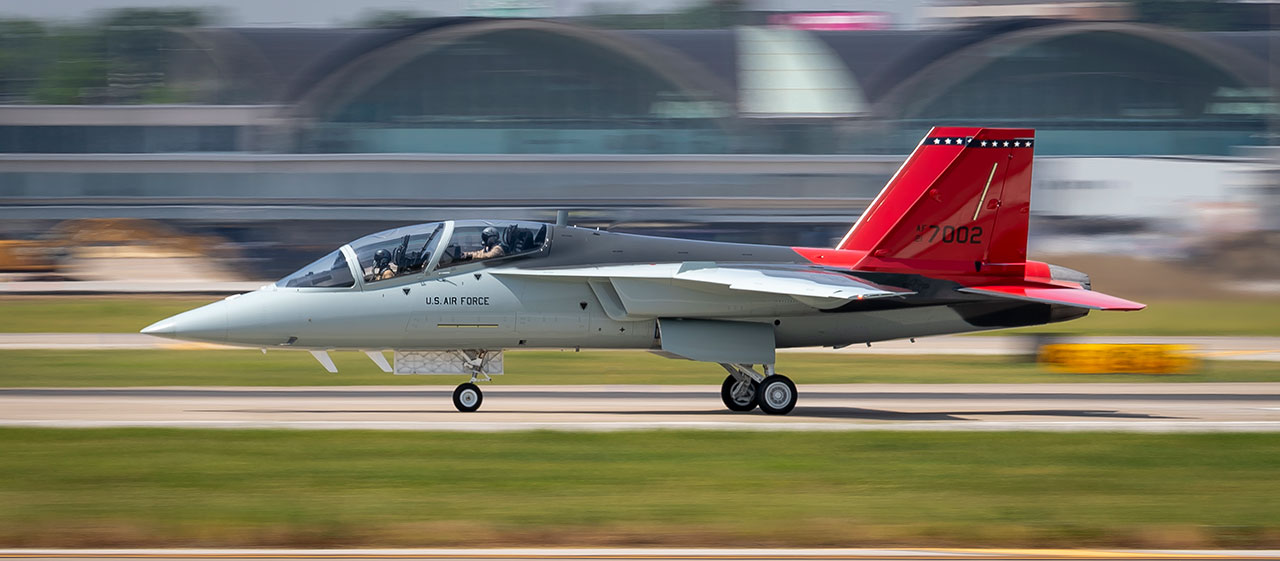
Indian defence companies are taking flight with Boeing’s T-7A Red Hawk program, securing key contracts for the development of this advanced pilot training system. This signifies a significant boost for India’s “Make in India” initiative and strengthens its position as a global player in the aerospace industry.
With the US Air Force planning to induct over 350 T-7A Red Hawks, Boeing is looking to source aerostructures from Indian companies. This presents a lucrative opportunity for Indian firms that are already developing aerostructures for the indigenous LCA-Tejas program. Talks are underway with select companies, indicating a potential shift in the global supply chain for major aircraft programs.
Continue readingSOURCE: RAUNAK KUNDE / NEWS BEAT / IDRW.ORG
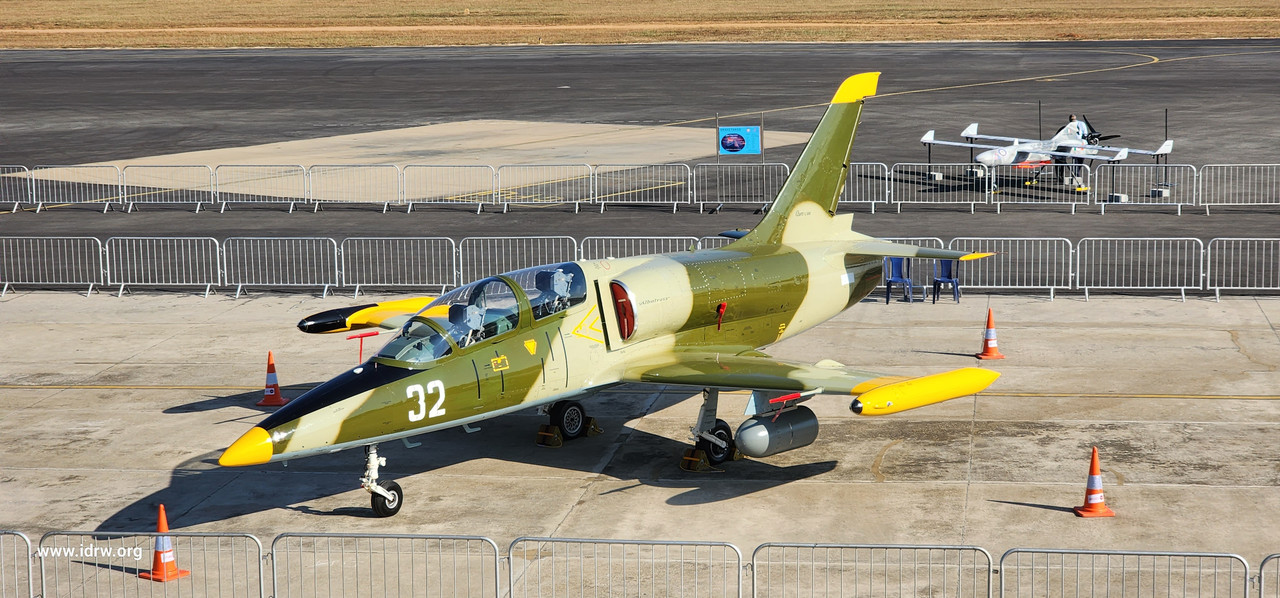
The Indian Air Force (IAF) faces a crucial decision regarding its Stage-II Pilot Training Program with the ageing Kiran-MkII jet trainers nearing retirement in 2025. The indigenous HJT-36 Sitara envisioned as the successor, remains mired in technical delays, pushing the IAF to consider foreign alternatives.
Developed by Hindustan Aeronautics Limited (HAL), the HJT-36 Sitara promised an advanced indigenous trainer. However, plagued by technical issues since its first flight in 2003, it has yet to meet all IAF requirements. Despite recent modifications and renewed flight testing, uncertainty lingers about its ability to enter service before the Kiran-MkII retirement deadline.
Continue readingSOURCE: IDRW.ORG TEAM.

The Indian Army recently conducted trials of the improved version of the Nag Anti-Tank Guided Missile (ATGM) at the Pokhran field firing range, as reported by the Times of India. This development comes alongside the successful demonstration of the NAMIS tank destroyer, solidifying India’s advancements in indigenous anti-tank weaponry.
While details of the specific range improvement remain undisclosed, the upgraded Nag ATGM belongs to the third generation, potentially offering advantages in accuracy, lethality, and countermeasure resistance compared to its predecessor. Its existing “fire-and-forget” capability and tandem warhead design for top-attack engagements ensure effectiveness against armored targets.
Continue readingSOURCE: RAUNAK KUNDE / NEWS BEAT / IDRW.ORG
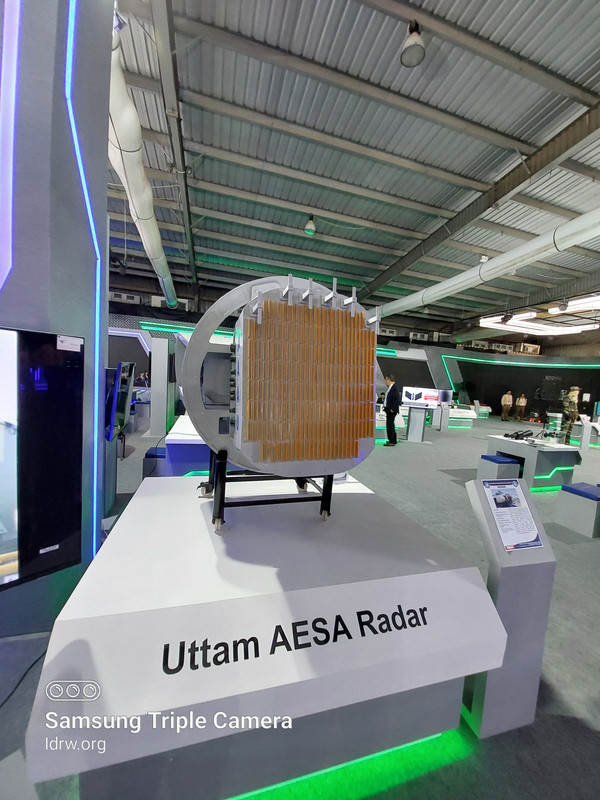
The Indian Air Force (IAF) may soon see its fighter jets equipped with a homegrown marvel: the Uttam Active Electronically Scanned Array (AESA) Fire Control Radar (FCR). Developed by the Defence Research and Development Organisation’s (DRDO) Electronics and Radar Development Establishment (LRDE), the Uttam AESA FCR has completed most of its pre-production flight trials, paving the way for potential production clearance later this year.
The Uttam AESA FCR has undergone rigorous testing, demonstrating its capabilities in various flight modes, including air-to-air combat, air-to-ground operations, and weather and terrain avoidance/following. This comprehensive testing ensures the radar’s effectiveness in diverse operational scenarios.
Continue readingSOURCE: RAUNAK KUNDE / NEWS BEAT / IDRW.ORG
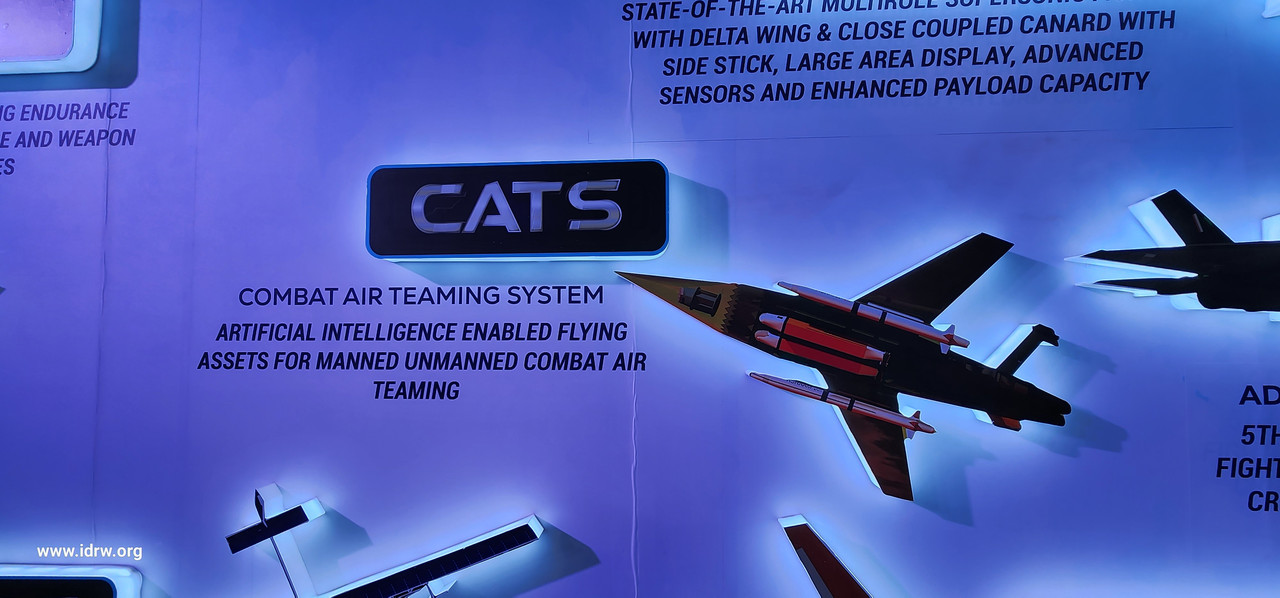
India is poised to finalize a deal for 31 MQ-9B Sea Guardian drones from the US, a move that bolsters its maritime surveillance capabilities but raises questions about its future drone strategy. While the MQ-9B’s features impress military planners, some experts doubt its effectiveness in contested airspace.
Indian Air Force (IAF) officials, speaking to idrw.org, expressed concerns about the MQ-9B’s vulnerability in hostile environments. This aligns with India’s long-term ambition of developing its own High-Altitude Long-Endurance (HALE) UAV program, particularly a stealthy version capable of operating in contested airspace.
Continue readingSOURCE: RAUNAK KUNDE / NEWS BEAT / IDRW.ORG
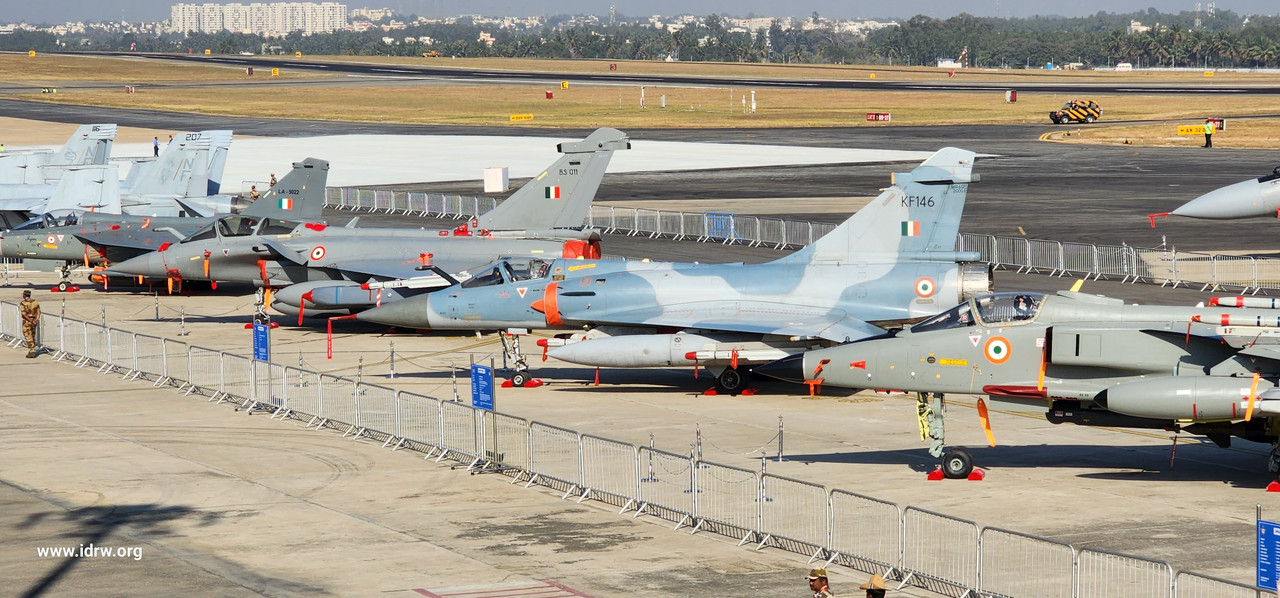
The Indian Air Force (IAF) is exploring options to extend the operational life of its Mirage-2000H fighter jets, including integrating the indigenously developed Astra MkI Beyond-Visual-Range Air-to-Air Missile (BVRAAM). This move comes as the current standard BVRAAM, the 80km Mica-IR/RF, faces increasing obsolescence in the face of more advanced missiles in the region.
With plans to keep the Mirage-2000H operational until 2035, the IAF seeks to enhance its capabilities. Integrating the Astra MkI, boasting a range of 110km, would significantly improve the jet’s long-range air combat potential. Additionally, DRDO’s ongoing development of the Astra MkII with a 160km range presents further possibilities for future upgrades.
Continue readingSOURCE: IDRW.ORG
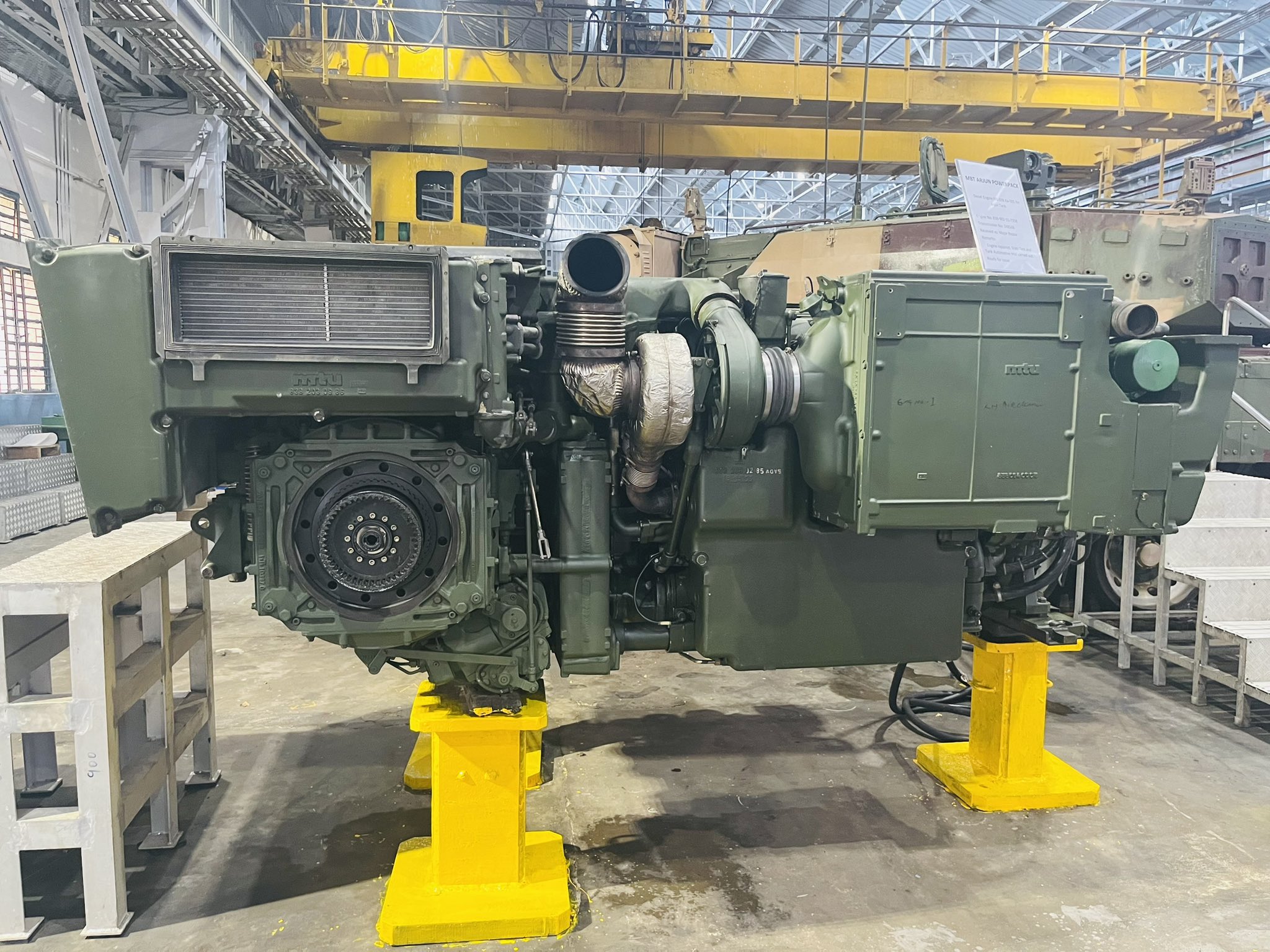
The delivery of 118 Arjun Mk1A tanks to the Indian Army has been delayed due to a snag in engine production by German company MTU. The MTU 838 Ka-501 engines originally intended for the tanks are no longer in production, and restarting production would take longer than the desired delivery timeframe due to supply chain shifts towards newer engine variants.
In September 2021, the Indian Army placed an order for 118 Arjun Mk1A tanks. While the DRDO has some extra MTU 838 engines from previous procurements, these will only suffice for the initial batch of tanks scheduled for delivery from September 2024 onwards. This timeline is now likely to be impacted.
Continue reading